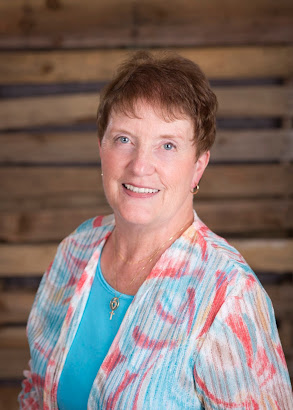Guest host-Author Ane Mulligan-Research When There's Little Written
Some books are easier to research than others. Beyond the normal research into the time period, the customs, etc., I will research the town’s topography to get a town map. Depending on what’s available, it’s the main reason I prefer to use a fictional town. I don’t have to worry about someone telling me Joe didn’t have a hardware store on that street. However, I decided to set two of my Georgia Magnolias series books in my hometown, Sugar Hill.
For general research on the Great Depression, I had no
problem. But when it came to Sugar Hill, I had plenty. The City of Sugar Hill
was incorporated in 1939, nine years after my books take place. There is no
official history since Sugar Hill was merely a militia district and part of the
county of Gwinnett.
The closest town is Buford. I spent quite a bit of time in
the Buford history museum and bought a couple of books, but all the documented
history is within Buford. The county documents from the era contain
Sugar Hill’s roads and schools, but even there I found different accounts of to
where those might have been placed.
The City of Sugar Hill recently placed a historical marker
on a piece of land that used to belong to our church (the church burned down in
2000, and the land was subsequently purchased by the city). It states that on
this site the Sugar Hill School was built in 1915. But I knew the church’s
constitution was written in 1885 and the building was placed in that spot. Now
what? Was the school held in the church during the week? Was it attached to the
church? Fortunately, I met a woman who knew the school was built on land that
became the church’s cemetery. One mystery solved.
Sugar Hill has a book that documents its history since 1939.
I wanted to include some of the stores and businesses I knew were there. I only
had to discover their location. Again, most of my successful research came from
oral stories. I learned about Rocky Venable from his great grandniece. Rocky
was a grocer, although by his own confession, it was more of a general store.
He carried a little bit of everything from nuts and bolts to bananas to gold
mining equipment.
Yes, there were thirteen gold mines in Sugar Hill. By the
time of my novels, most were yielding only small amounts, although my heroine,
Cora Fitzgerald in On Sugar Hill, gives it a try. Her results were quite
dramatic.
Most of the roads in Sugar Hill were dirt, and I learned very
few homes had electricity. That came to rural Georgia in the 1950s. That was a
gob-smacker. A few people had their homes wired, but they either had money or
power. That nugget fit into my story well. But after searching for months, I
needed to get the book written.
So, what’s an author to do?
In this case, I talked to residents whose families have
lived here for generations. I got the best information I could, but after
ninety-one years, several generations have passed. Memories fade or fail. Finally,
after exhausting every avenue open to me, I took literary license. I have an author’s
note in the book, documenting where and how. That’s about all one can do. I
hope you read the author’s notes in historical novels. Many interesting tidbits
are revealed within them.
Ane's latest series (Georgia Magnolias) -
Ane Mulligan has been a voracious reader ever since her mom
instilled within her a love of reading at age three, escaping into worlds
otherwise unknown. But when Ane saw PETER
PAN on stage, she was struck with a fever from which she never
recovered—stage fever. She submerged herself in drama through high school and
college. One day, her two loves collided, and a bestselling, award-winning
novelist emerged. She lives in Sugar Hill, GA, with
her artist husband and a rascally Rottweiler. Find Ane on her website, Amazon Author page, Facebook, BookBub, Goodreads, Pinterest, Twitter, and The Write Conversation.




Comments
Post a Comment
Thank you for your response to the post, we'll be moderating and replying back to you soon.